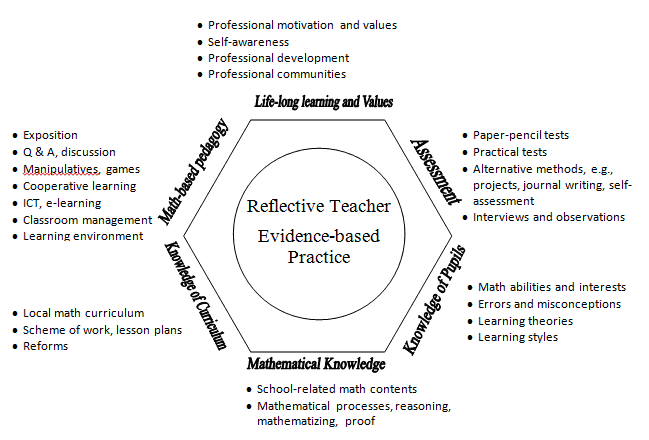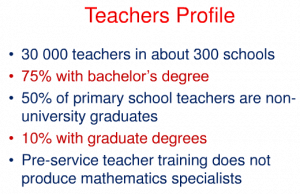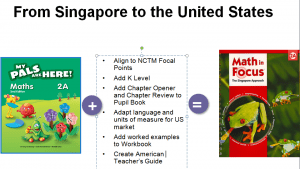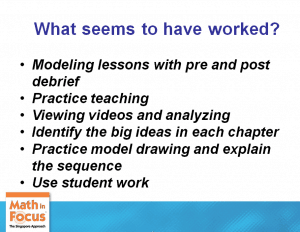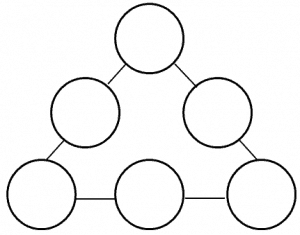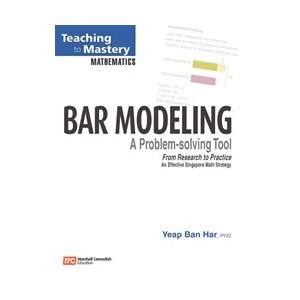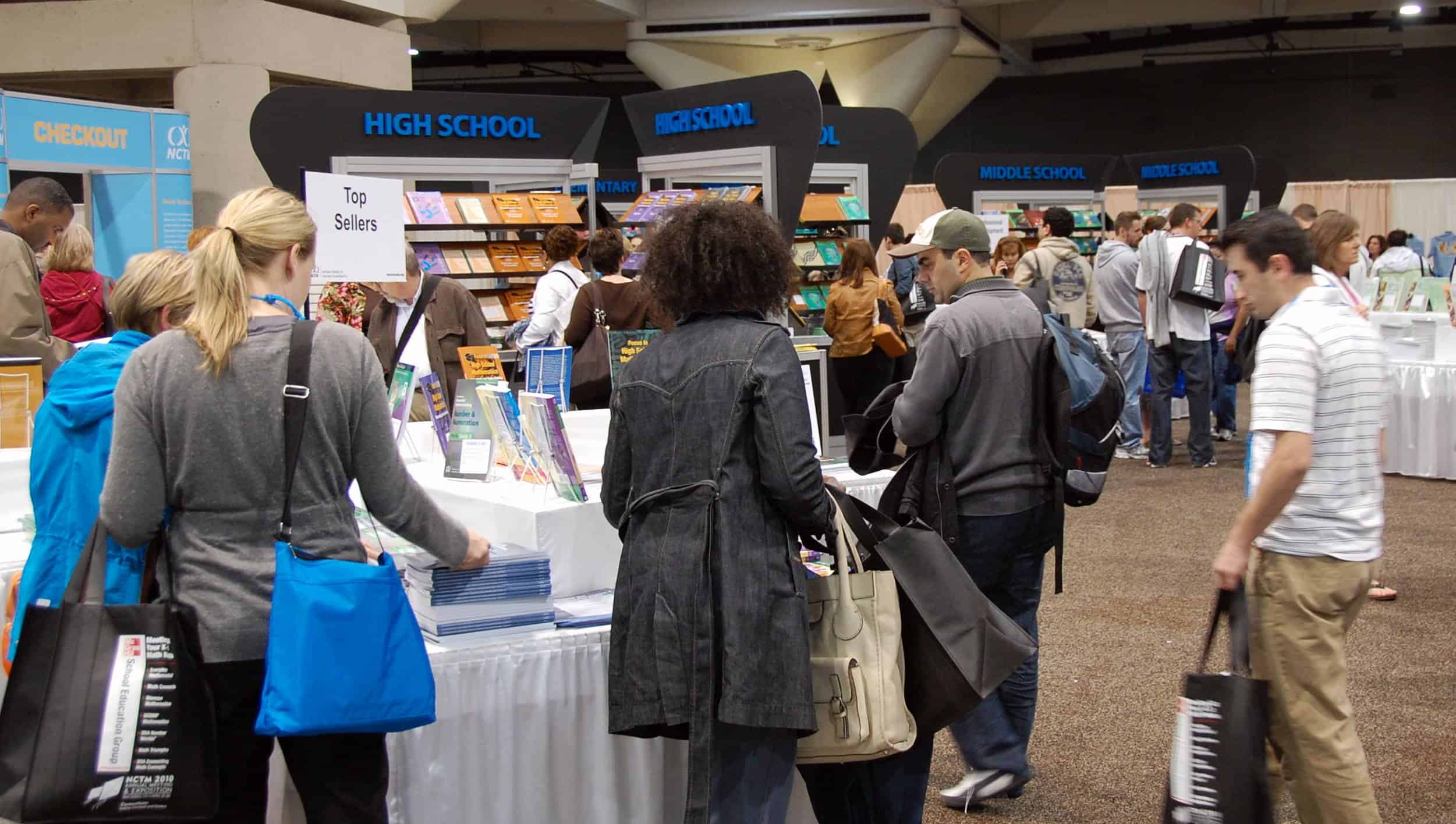Marshall Cavendish is developing an online assessment for the Singapore Mathematics curricula available in the U.S. and is seeking input from elementary or middle school math coaches, specialists, teacher leaders, or curriculum coordinators — familiarity with Singapore Math would be a bonus but not strictly necessary.
If you’re available on April 9th from 3-5pm, RSVP to Carol Collins: ccollins (at) marshallcavendish.com … and tell her Cassy sent you!

